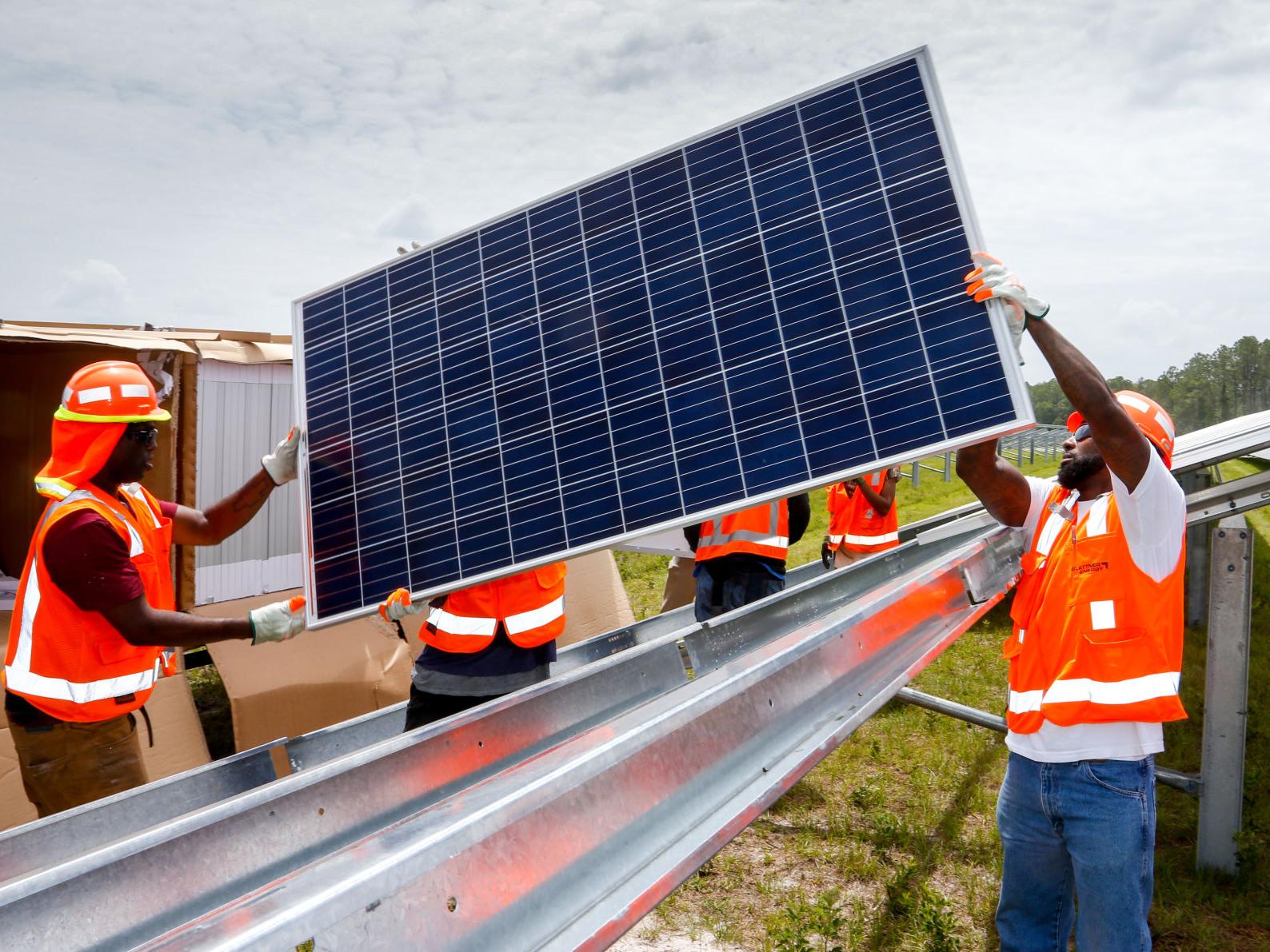The Maroua and Guider solar plants construction project is set to benefit from tax and customs exemptions provided by the 2013 private investments incentives law which was revised in 2017.
This is after a related agreement was signed on January 20, 2021, in Yaoundé, the capital city of Cameroon, by the Investment Promotion Agency (API) and the Maroua Guider Solar Company (MGSC), a joint venture chosen by Cameroon’s national electricity integrated utility, Eneo Cameroon S.A, in 2018 to develop and carry out the said project.
MGSC is formed by Scatec ASA, (formerly Scatec Solar ASA) a Norwegian company that specializes in the renewable energy system, the Israeli-American group Izuba Energy and Sphinx Energy, a power company focused on the development of thermal and solar plants in Africa run by a Cameroonian economic operator based in the USA.
The start of construction works
MGSC shareholders inform that works will start once negotiations for the acquisition of solar energy production and sales license are concluded with the State of Cameroon.
“This is the first contract of this type in the country and it is, therefore, necessary that all the involved parties understand what is at stake. It is more important because the state government is not a shareholder in this consortium as it is in KPDC and DPDC, which respectively operate the Dibamba and Kribi gas plants.” explained a source close to the project adding that, “ As soon as this license is signed, we will make quick progress in the implementation of the project.”
Also Read: Cameroon to rehabilitate Lagdo Hydroelectric Power Plant
Expectations for the Maroua and Guider solar plants
Upon completion, the solar power plants of Maroua and Guider will be capable of producing 15 and 10 MWp respectively.
They are not only expected to increase the installed production capacity in the northern part of the Central African country but also help save XAF7 to 8 billion in fuel costs every year since the thermal plants operating in that region will be shut down once the solar plants become operational.

